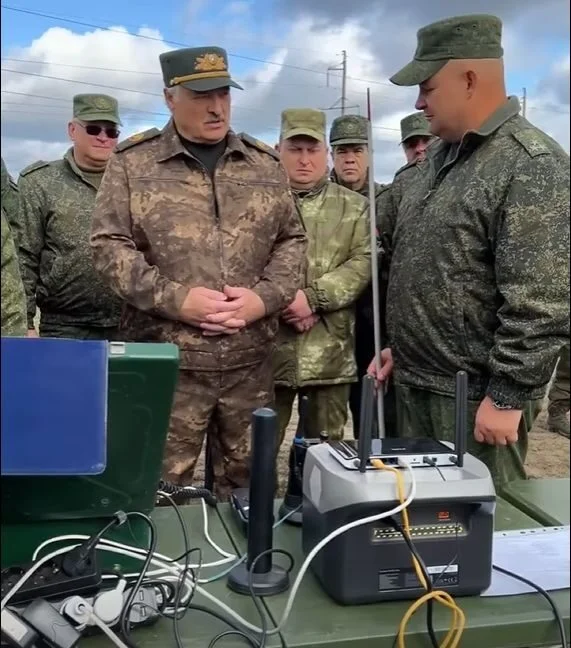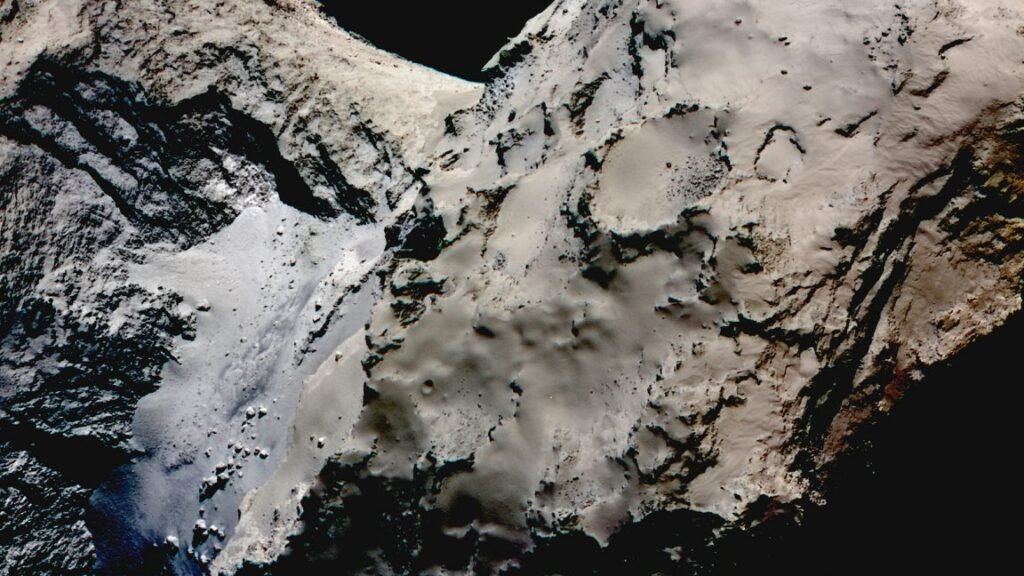Lane 1 now, Lane 2 soon… Over the next five years, the Space Force wants to tap into new launch capabilities from emerging space companies. The procurement approach for this new round of contracts, known as NSSL Phase 3, is different from the way the military previously bought launch services. Instead of grouping all national security launches into one monolithic contract, the Space Force is dividing them into two classifications: Lane 1 and Lane 2. The Space Force’s contract announced Thursday was for Lane 1, which is for less demanding missions to low-Earth orbit. These missions include smaller tech demos, experiments, and launches for the military’s new constellation of missile-tracking and data-relay satellites. This fall, the Space Force will award up to three contracts for Lane 2, which covers the government’s most sensitive national security satellites. Two of these winners will almost certainly be ULA and SpaceX. It is less certain whether a third bidder, Blue Origin, will be awarded any of these contracts.
Long March 10 undergoes test firing. China’s main space contractor has carried out a successful static fire test of a rocket first stage designed to take astronauts to the Moon, Space News reports. A Long March 10 first stage test article was fired in the Fengtai district of Beijing on Friday, June 14. This is the rocket that will be used for China’s initial lunar missions involving humans. The country has set the goal of landing astronauts on the Moon by 2030. The rocket, at least, would seem to be making steady progress toward this goal.
Three engines on this test … The test article had three YF-100K kerosene-liquid oxygen engines installed across its 5.0-meter diameter. The full Long March 10 first stage will be powered by seven such engines. The rocket’s second stage will have two similar stages attached to it. The engines may have been limited to three due to the capacity of the test stand. The static fire was, however, deemed a complete success, with simultaneous firing of the three engines. “The test is basically a comprehensive verification of our first-stage,” Xu Hongping, an engineer with CASC, told Chinese state television. (submitted by Ken the Bin)
Next three launches
June 20: Falcon 9 | Astra 1P | Cape Canaveral Space Force Station, Florida | 21:35 UTC
June 22: Long March 2C | Space Variable Objects Monitor | Xichang Satellite Launch Center, China | 07:00 UTC
June 23: Falcon 9 | Starlink 10-2 | Cape Canaveral Space Force Station, Florida | 17:03 UTC





